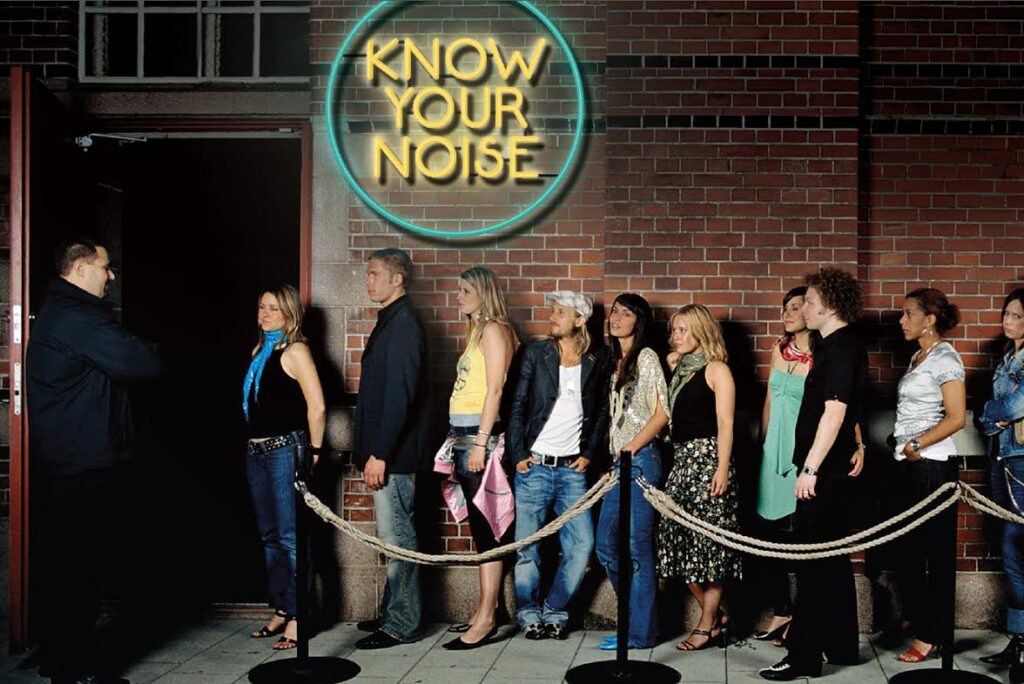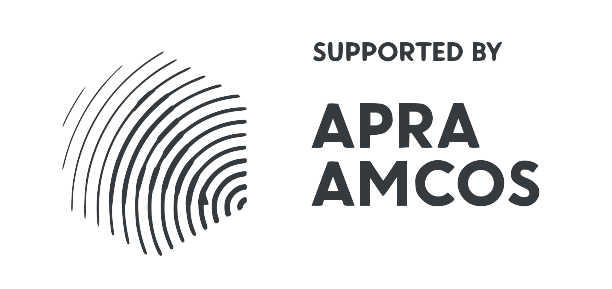“Most people take their hearing for granted. That is until they lose it.” Jude Law

Photo via Know your noise
THE RISKS TO HEARING
One in six Australians, about 16% of the population, suffer some degree of hearing loss. A significant amount of this hearing loss is caused by exposure to loud sound, this can be from work and/or recreational activities. Tinnitus (or ringing in the ears) is even more common, being experienced by about 20% of the population – it can be an early indicator of hearing damage and is also associated with sound damage.
HEARsmart‘s research shows that around 15% of young adults are exposed to levels of recreational sound that exceed the noise limit allowed in workplaces.
Studies also show that tinnitus is becoming more common in younger people exposed to loud sound, and is almost four times more common in musicians that the rest of the population. Unfortunately musicians and music lovers are one of the groups identified as being at highest risk of hearing damage due to sound exposure.
IDENTIFYING THE RISK
Hearing damage from loud sound is accumulated over time according to how LOUD, how LONG and how OFTEN individuals are exposed to the sound.
LOUD: Loud sound does not have to be physically painful to cause hearing damage, if you need to raise your voice to be understood, the sound is loud enough to damage your hearing.
LOUD + LONG: Research shows that sound at 85 decibels (approximately the level of a vacuum cleaner) can cause hearing loss if you are exposed to it for more than 8 hours a day, every day.
LOUD + LONG + OFTEN: The more frequently you are exposed to sounds above 85dB, and the longer that exposure lasts, the higher your risk of developing tinnitus or a permanent hearing loss. Everyone is different and our ears respond differently to loud sound – some are more sensitive to sound damage and others more robust, so it’s impossible to know how quickly or significantly your hearing might be affected by exposure to loud sound. What we do know is, it’s not worth taking the risk!
To find out about your own personal risk, HEARsmart developed the Know Your Noise website, which includes an interactive noise risk calculator to help you better understand the risk associated with your personal listening habits and an online hearing test to assess your current hearing health
LIVE MUSIC SETTING
The average sound levels in live music venues have been recorded between 90 and 110dB – that means that if you were exposed to that level of sound every day, your maximum safe exposure (without hearing protection) would be between 2 hours and 2 minutes, depending which end of the scale the sound is at. If you are a musician or regularly attend live music, it’s important to understand the time/volume trade-off and take action to protect your hearing.

THE SOLUTIONS –Prevention is better than cure
When you’re listening to headphones:
• Use good quality, well fitting, noise-cancelling earbuds or headphones
• Set your device’s volume to around 80%, most devices can put out over 100dB so avoid turning it up all the way.
• Take regular breaks – we all need a rest now and then, and your ears are no exception!
When you’re out and about:
• HEARsmart has developed a handy a sound level app to find out how loud a venue is and how long you can safely listen.
• Avoid standing source of the sound (the SPEAKERS)
• When things are too loud, tell your friends – chances are they are thinking exactly the same thing.
• Wear some form of hearing protection. There are a variety of different types of earplugs available. If you are a musician or a music lover, think about custom-fitted or filtered earplugs that preserve the quality of the music, but drop the volume to a safer level.
When you’re planning a gig:
• Before a rehearsal or performance, plan ahead and rest your ears before and after.
• Consider your set-list, look for peaks and troughs in the set where quiet and loud can accentuate the music, and also look for opportunities for ‘volume rests’ – this can include talking to your sound technician about dropping the volume between sets.
• Consider your volume on stage, often you can reduce levels and compensate for it out front, a good sound technician can help you achieve this.
• Think about earplugs – custom fitted ones are a little more expensive and can take a bit of getting used to, but your hearing is one of your greatest assets as a musician so it’s worth protecting!
If you are experiencing tinnitus or a hearing loss – make an appointment to see an audiologist, they can help you manage it and help you to prevent it from getting worse.
INDUSTRY INSIGHT
When I say “more education” I don’t mean trying to tell musicians about the importance of ear health. I mean finding a resource for amateur musicians to learn about live lingo – being able to ask the sound engineer for what you need in your wedge (i.e. what the hell is 4K?), and knowing when something is too loud, and how to get less of one sound so that you can safely get more of another… Knowing about exposure times and that long exposure is worse than dynamic exposure. These are things I didn’t think about and it’s very intimidating trying to have a sound engineer take time to help you out. I’m not sure how you’d even get a young musician to a place where they’d learn this stuff, unless they were actually enrolled in an engineering course – maybe even just a shift in culture at sound-check would be a good start. Took me a long time to realise that playing loud on stage didn’t = awesome sound out front. Eventually, my FOH convinced me and my band that turning down the amp and playing lightly on the cymbals helped him get a bigger and wider sound out front. – Jo SymeSimon Aarons – Live & Studio Sound Engineer
Many other trades/professions are very strict on hearing protection and teaching their workers about it. Musicians seem to either not know or care about their hearing until somethings it’s too late. Better education and more people starting to talk about it will hopefully allow more panels such as last weeks to occur and with larger attendances also.
Nick Cooper – Operations / Program Manager, Music Victoria
Have you ever experienced an amazing, ground-shakingly loud gig? So much so that you couldn’t wipe the smile from your face, you felt it through you whole body and your ears were left ringing for ages afterwards? Thought so. According to the experts, hearing loss (and possibly tinnitus) occurs when loud sounds, typically more than 85 decibels (dB), kill the nerve endings in your inner ear. We can probably guess that live music is generally 90+ dB. Once an ear nerve ending dies, a new one cannot grow back in its place – the damage is permanent. You only get one set of ears, and the nerves that are housed inside. Unless you want to be that not-so-old person constantly saying “What?!”, then look after your ears, your hearing and be sensitive to the ears of those around you. Get some decent plugs, use them and control the noise coming out of your amp and going into your skull. And see you in the mosh pit!
MUSIC VICTORIA PODCAST Hearing Health: Tips for musicians, industry and punters
[soundcloud url=”https://api.soundcloud.com/tracks/269165497″ params=”color=ff5500&auto_play=false&hide_related=false&show_comments=true&show_user=true&show_reposts=false” width=”100%” height=”166″ iframe=”true” /]
HEARsmart was founded by the HEARing Cooperative Research Centre (CRC) to promote hearing health and prevent noise-induced hearing loss in young people, with a particular focus on musicians, live music venues and patrons. You can find more information via their website



One Comment
Comments are closed.